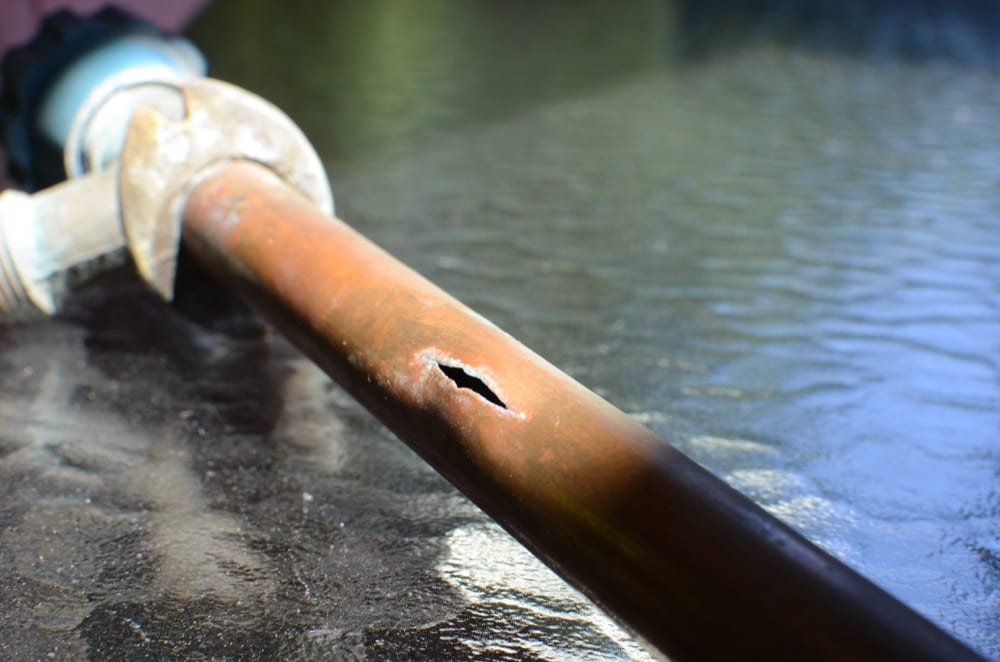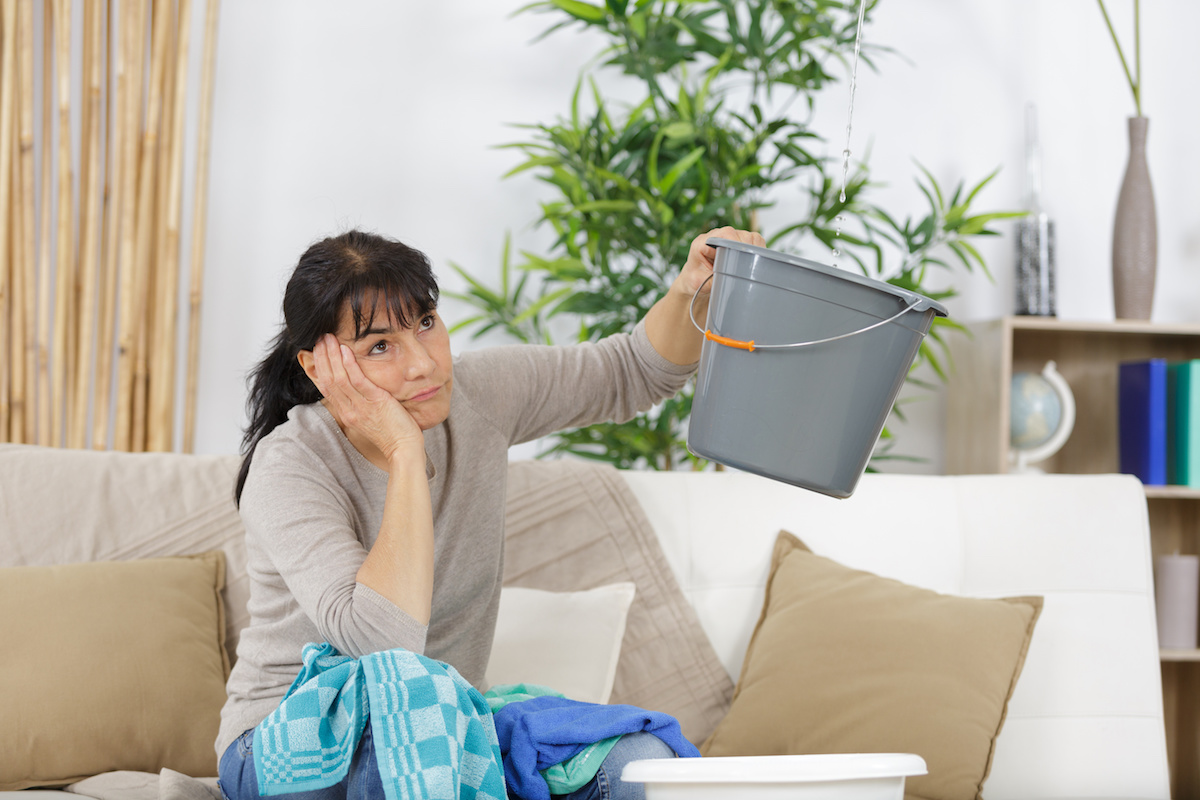Learning About Septic Tank Maintenance: Essential Tips
Learning About Septic Tank Maintenance: Essential Tips
Blog Article
Do you find yourself on the lookout for tips around The Do’s And Don’ts When Water Floods Your Home?

What should you do if a water pipeline bursts in your home? The longer you wait, the a lot more extreme the damage that can occur to your residential property. For these factors, you require to learn exactly how to act in the occasion of a ruptured water pipeline.
Shut Off the Main Waterline Valve
The first thing to do? Shut the shut-off valve. Try to find the neighborhood shut-off valve to shut off the water in one certain location only. Go for the major water line shutoff and turn it off if you don't understand where the local shut-off valve is. This step will remove the water quickly in your whole house. Typically, the primary shutoff is discovered outside the house alongside the water meter. If it's not there, you can also discover it in 2 areas: in the basement at eye level or the first flooring on the ground. Typically, home builders placed the shut-off shutoff generally ground level restroom or ideal alongside it.
Call Water Damages Restoration Pros for Help
After shutting the water resource, call the experts for aid. This scenario is not something you can do some do it yourself because the pipes needed to be dealt with as well as there is a requirement to resolve the other damages to your home. Look for aid from a reputable company offering 24/7 emergency services if you can not cope. With their expert help, you can avoid much larger water damage including warped baseboards, loose tiles, or damaged structures. Don't take this trouble gently and also look for specialist support for your total assurance as well as a legitimate remedy.
Paper the Damage For Insurance coverage
While you're waiting on the pros to arrive, get some documentation of the damage brought on by the wayward pipe. Take photos and videos of everything. Do close-up shots of the harmed places as well as belongings. Your documentation will certainly act as proof for your house owner's insurance coverage. Keeping proactive with this scenario assists you to file a claim for coverage, which will better sustain you as well as your family to get back on your feet.
Salvage Points That Can Be Saved
Once you're done taking images, take a look at the damaged things as well as get one of the most crucial ones from the stack. Dry them off in a dry/warm place far from the damaged location as well as try to maintain them as much as you can. Drag as much dampness as you can to the material so it can begin to dry.
Start the Drying Refine
You need to begin the drying procedure immediately. Thankfully, the water from your waterlines is currently clean so you do not have to fret about sewer water. Nonetheless, the flowing water might have disrupted the dirt and particles in your floorboards and carpetings. In this instance, put some handwear covers on and also start some troubleshooting. Use containers to dump out the water. Blot out as much water as you can from the surface areas with old towels. Turn on an electrical fan or open your windows to promote air blood circulation. These steps will certainly quicken to completely dry as well as hinder mold and also mildew development.
Experts are the only individuals certified to assess properly as well as deal with the burs pipelines as well as succeeding damages. They usually give silent red flags like gurgling paint, water discolorations.
What should you do if a water pipeline bursts in your house? For these reasons, you require to find out just how to act in the occasion of a ruptured water pipeline. After closing the water source, call the experts for assistance. With their specialist help, you can avoid a lot bigger water damages including distorted walls, loosened floor tiles, or damaged structures. Luckily, the water from your waterlines is currently tidy so you do not have to worry regarding drain water.
BROKEN WATER PIPES: COST TO REPLACE & WAYS TO FIX A PIPE
CAUSES OF A BROKEN WATER PIPE
A water pipe can break for several reasons depending on the environment you live in, type of pipe, and circumstances.
The most common cause of broken pipes is freezing. If you live in a colder climate, this could happen. When water freezes it increases in volume by 9% and the pressure in the pipes can go from 40 psi to 40,000 psi. Clearly, this could be detrimental to the pipes. Water freezing causes quick expansion, which puts stress on the pipes and could lead them to crack or weaken. When water thaws, it will leak out the cracks. Other changes in water pressure can also cause breakage. Another common cause of broken water pipes is age.
Depending on the material, water pipes can last anywhere from 70-100 years. But the older they get, the more susceptible they are to weakening and corroding. Older pipes coming into contact with another material could speed up the corrosion process as well. PVC pipes can become brittle with age, while copper is prone to corrosion and stress over time. Something that could also potentially break water pipes is when they move. They may move from construction or the house settling. Moving can stress the fixed pipe which may lead to a leak or burst pipe.
HOW MUCH WATER COULD LEAK INTO YOUR HOUSE FROM A BROKEN PIPE?
The amount of water that leaks depend on how big the break in a pipe is. If it is just a minor crack, water will slowly leak out. This isn’t as serious as a full broken pipe, but it can still cause significant damage to your home. Burst pipes can leak up to 10 gallons of water per minute. The amount of water leaked also depends on what appliance is involved. The water line to your refrigerator can leak ½ to 1 gallon per minute depending on water pressure. One toilet supply line may leak 2-3 gallons a minute and a washing machine hose will leak up to 10-12 gallons per minute.
TURN THE WATER OFF
Doing this first is imperative; everything else can wait. You need to deactivate the water supply to stop the flow of water and prevent more water from leaking into your home. Shutting off the water could potentially save you thousands in water damage repairs. Locating the water shutoff valve depends on the climate you live in. For colder climates, the valves are usually inside, such as in the basement. For houses in milder weather, the shutoff valves will probably be outside—either attached to an exterior wall or in an underground box with a removable lid.
OPEN A FAUCET
The next thing to do is to open a faucet or turn on a sink. This will relieve any remaining water pressure in the pipes and ensure a full-shut down.
GET RID OF THE WATER
The quicker you get rid of the water, the less water damage and mold there could be. Use a mop and a shop vacuum to help get clean up the water. Use towels to dry everything the best you can.
CUT AND REMOVE THE DAMAGED PIPE
Once you have shut off the water and drained the damaged water pipe, you can begin to fix the issue. Cut out the damaged section of the pipe with a pipe cutter, ensuring that you also cut one inch extra on each side of the damage. Once you get rid of the broken part of the pipe, you may begin repairs.
https://www.wmhendersoninc.com/blog/broken-water-pipes-cost-to-replace-ways-to-fix-a-pipe/

As a fervent person who reads on Water Damage: Tips On What To Do When Your House Is Flooded, I figured sharing that piece of writing was a good idea. Are you aware of somebody who is involved in the subject? Feel free to share it. I appreciate reading our article about Rules For Handling Water Damage.
Report this page